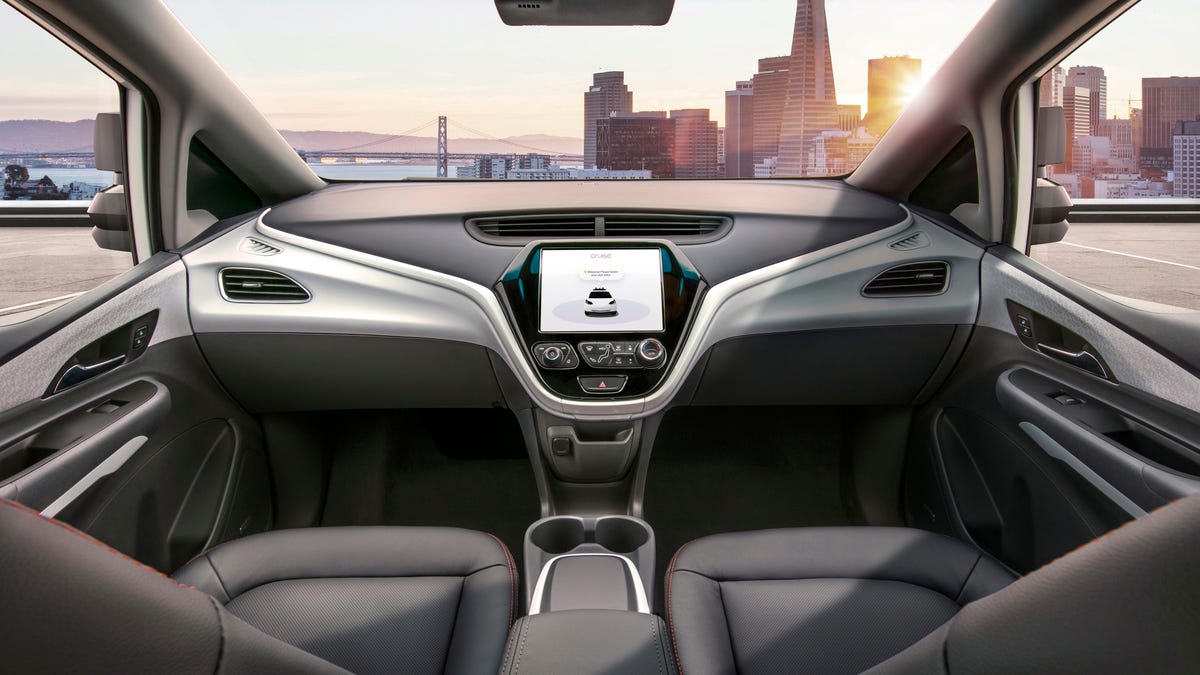GM, Toyota, Ford and SAE announce new group to set up safety framework for future AVs
The focus will be on the eventual rollout of SAE Level 4 and 5 self-driving cars.

While there's been plenty of movement on the self-driving-car development front, parts of the ecosystem still feel like the Wild West. Now, a group of automakers and engineers are teaming up in the hopes of establishing a clear path forward in regards to safely testing and deploying future autonomous vehicles.
Carmakers Ford , General Motors and Toyota and engineering association SAE International announced this week that collectively they have established the Automated Vehicle Safety Consortium. The AVSC hopes to establish a series of best practices that could eventually contribute to formal standards regarding the safe development and deployment of Level 4 and Level 5 self-driving vehicles in the future.
"Being able to advance the safe deployment of SAE Level 4 and Level 5 automated vehicles represents another exciting chapter in the realization of autonomous mobility and the benefits this will bring to people around the world," said Edward Straub, the AVSC's executive director, in a statement. "To achieve these benefits, industry collaboration, cohesion and flexibility to merge new ideas with proven safety processes are critical."
More partners will likely join the AVSC as time goes on.
The first thing the AVSC will produce is a roadmap to help developers, manufacturers and others prioritize safety, including guidelines for safe testing. Eventually, the hope is that this roadmap will act as a reference point in helping establish industrywide standards. The AVSC will get its initial set of best practices into the open within three to six months, Automotive News reports.
While the SAE's method of cataloguing various levels of autonomy has been met with some backlash, it's generally accepted as the gold standard in determining the balance of control between human and machine. SAE Levels 4 and 5 are the two highest, with Level 4 referring to conditional autonomy generally bounded by a geofence. Level 5, on the other hand, is complete autonomy, where the vehicle is able to travel anywhere in any condition.
We're still years, if not decades, away from seeing this kind of technology make its way beyond the development stage, but it's important to have some kind of standards established as companies continue their research. The AVSC is one of a few different groups working to make some sense out of the chaos.

